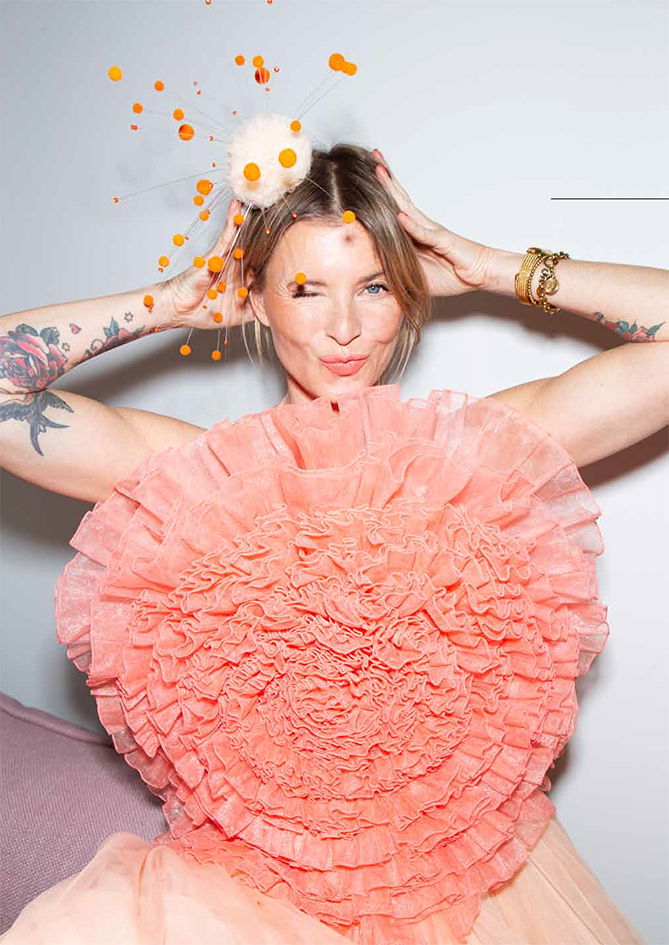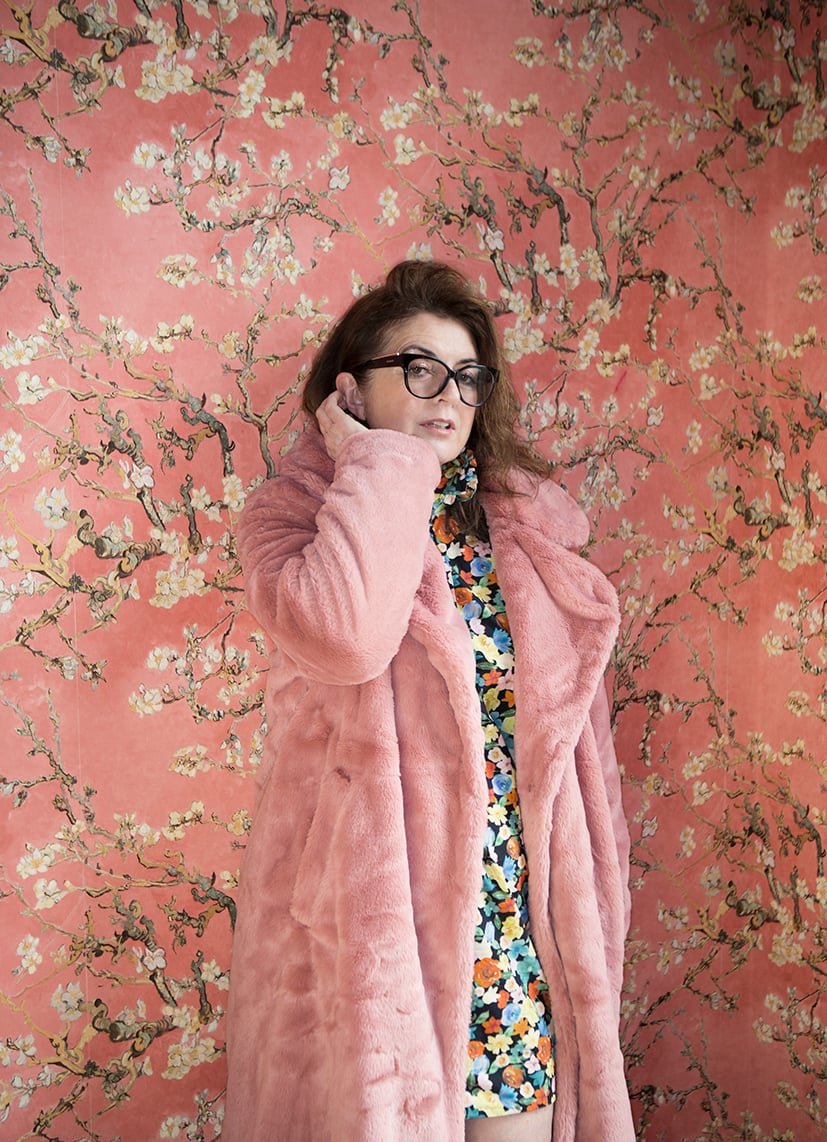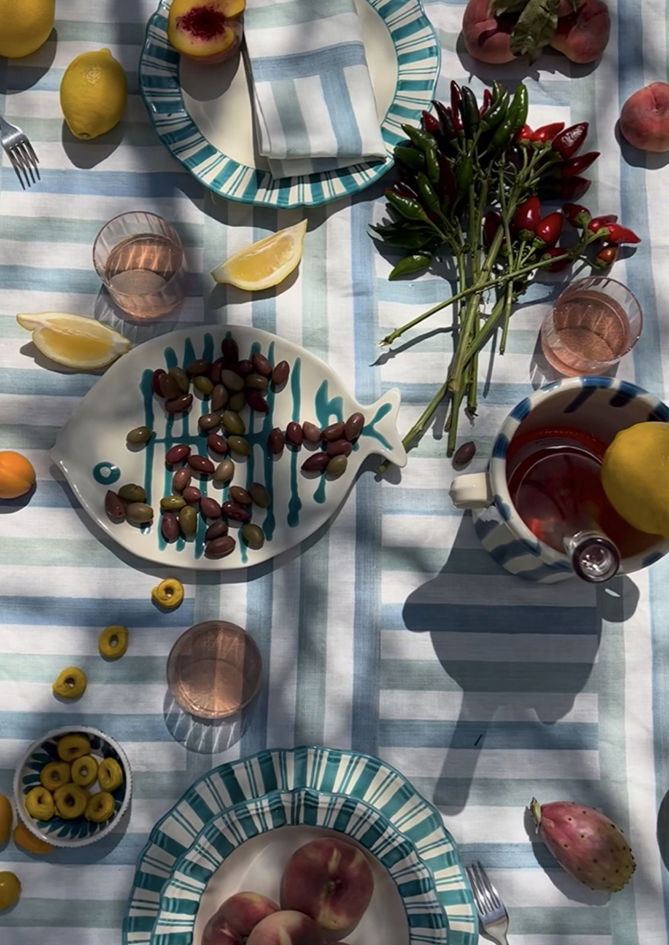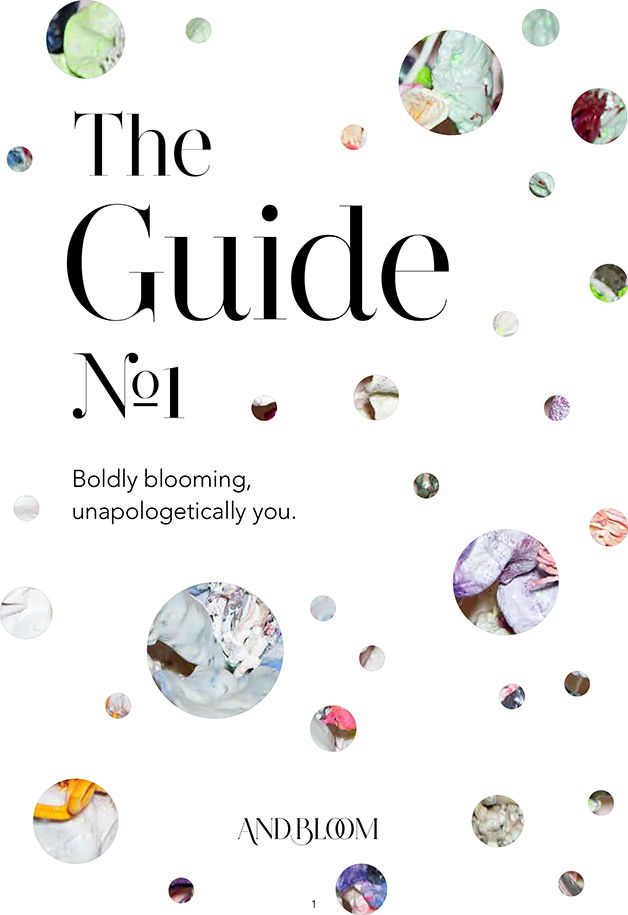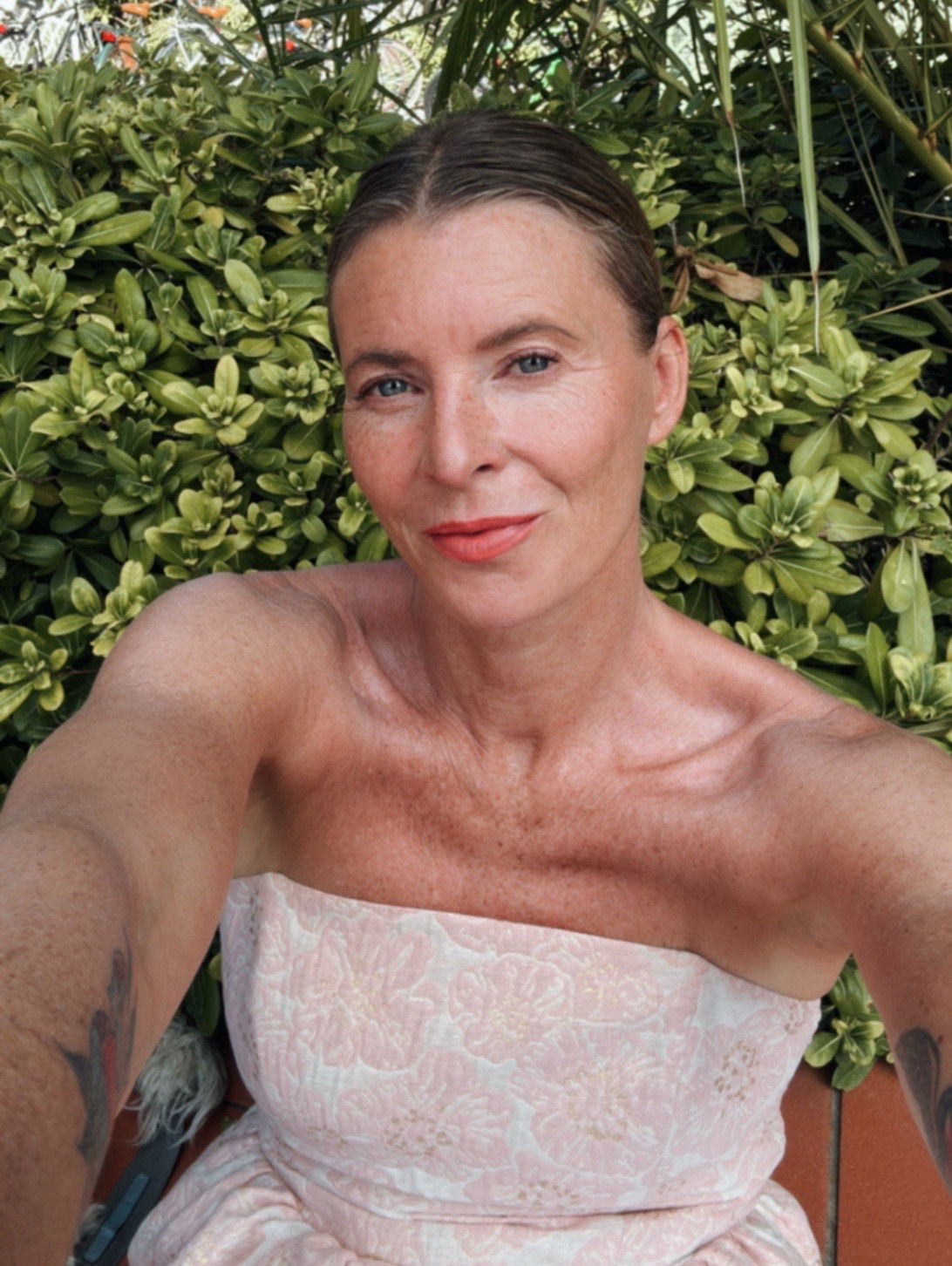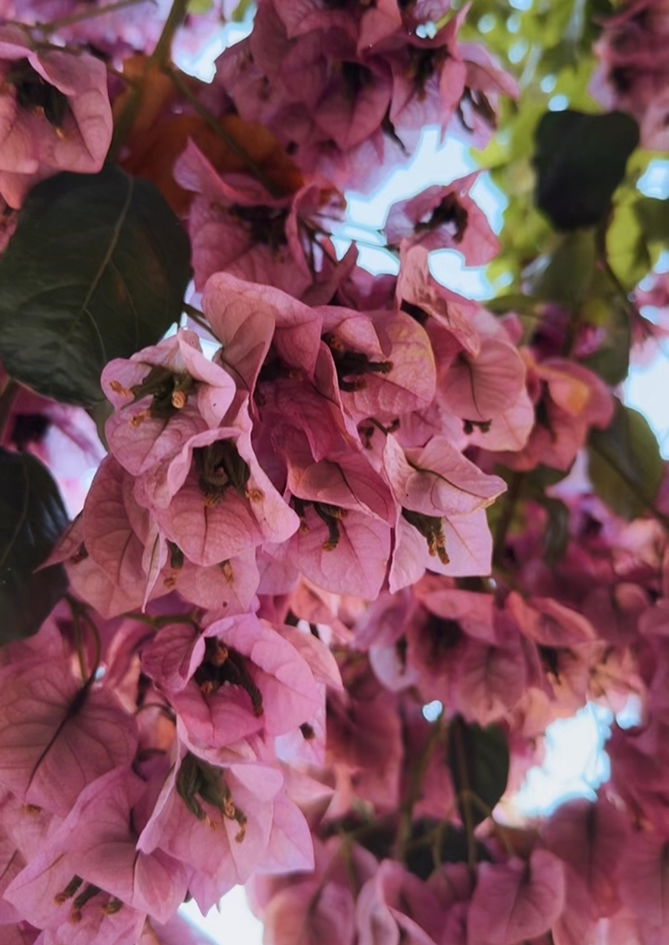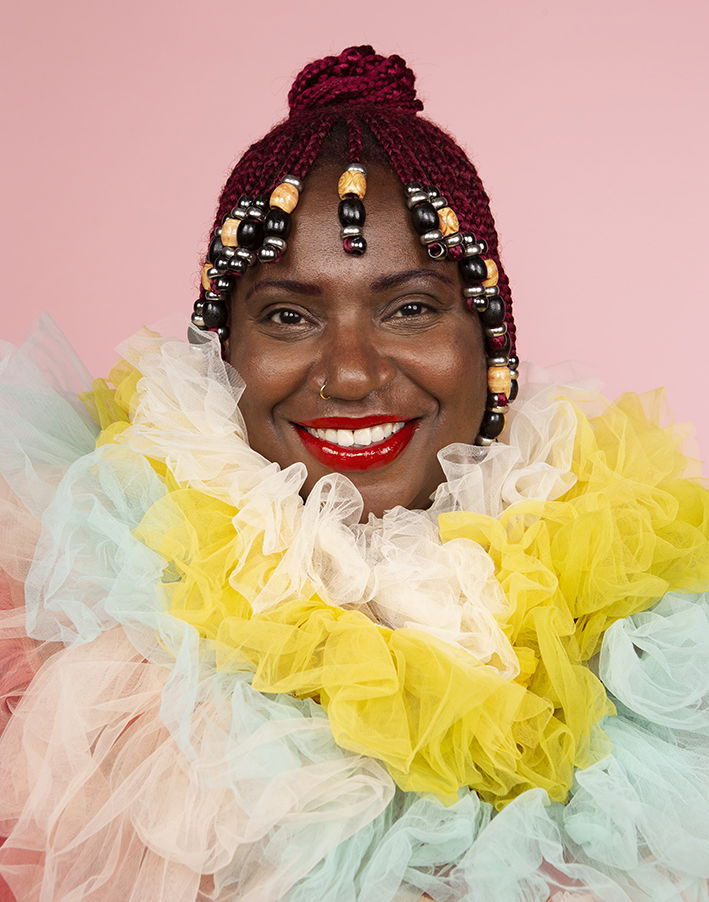
High Five to That!
Lorem ipsum dolor sit amet, consectetur adipiscing elit. Integer nec odio. Praesent libero. Sed cursus ante dapibus diam. Sed nisi. Nulla quis sem at nibh elementum imperdiet.
“Five years ago,” those three words echoed as I sat alongside Denise at the breast cancer awareness breakfast hosted by Estée Lauder in partnership with Antony van Leeuwenhoek Hospital.
Lorem ipsum dolor sit amet, consectetur adipiscing elit. Integer nec odio. Praesent libero. Sed cursus ante dapibus diam. Sed nisi. Nulla quis sem at nibh elementum imperdiet.
This hospital had been my sanctuary for half a decade; as we listened to the stories and engaged in discussions about the ongoing battle against breast cancer, a wave of emotions swept over me.
It prompted deep reflection on our progress while reminding me of the vast journey still ahead. A sense of melancholy washed over me, guiding me back to my personal odyssey.
Estée Lauder and Antony van Leeuwenhoek Hospital had joined hands to raise awareness about breast cancer, with the former generously contributing crucial funds for research and support for women grappling with the various forms of this insidious disease. I often likened breast cancer to a stealthy intruder, like a quiet knock on your door. Too often, it arrives unannounced, and by the time you realize it’s there, it’s already demanding your full attention. It’s almost like a never-ending game of “knock knock,” but with stakes higher than one can fathom.
Five years ago, breast cancer knocked on my door, and my initial reaction was disbelief. I questioned if this was some cruel joke, but regrettably, it wasn’t. As I delved deeper into my diagnosis, its gravity became all too apparent. I was classified as “triple negative” and discovered that I carried the breast cancer gene, further complicating an intricate situation. In the end, I had to undergo the removal of my ovaries, thrusting me into a permanent state of menopause. Nevertheless, surrendering to this disease was never part of my plan. I had far too much to live for – my children, my family, and dreams close to my heart.
Lorum ipsum
Lorem ipsum dolor sit amet, consectetur adipiscing elit. Integer nec odio. Praesent libero. Sed cursus ante dapibus diam. Sed nisi. Nulla quis sem at nibh elementum imperdiet.
Lorem ipsum
Lorem ipsum dolor sit amet, consectetur adipiscing elit. Integer nec odio. Praesent libero. Sed cursus ante dapibus diam. Sed nisi. Nulla quis sem at nibh elementum imperdiet.
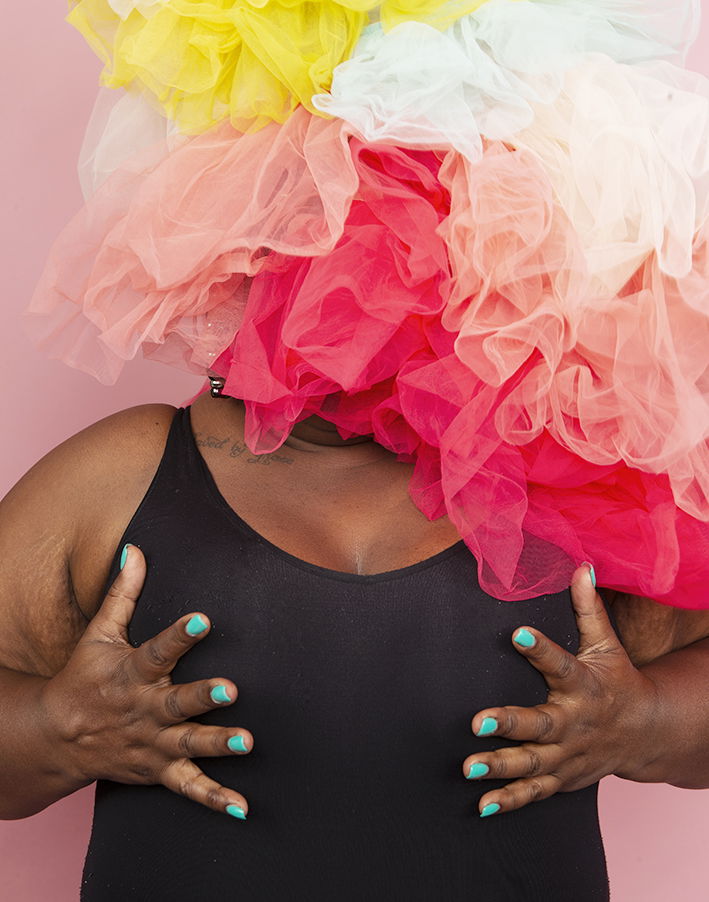

Integer nec odio.
"But within that darkness were stars – bright moments of laughter, cherished family time, heartfelt conversations with my best friend, and an enduring sense of security, even in the depths of illness."
Dayenne Bekker
Lorem ipsum
Lorem ipsum dolor sit amet, consectetur adipiscing elit. Integer nec odio. Praesent libero. Sed cursus ante dapibus diam. Sed nisi. Nulla quis sem at nibh elementum imperdiet.
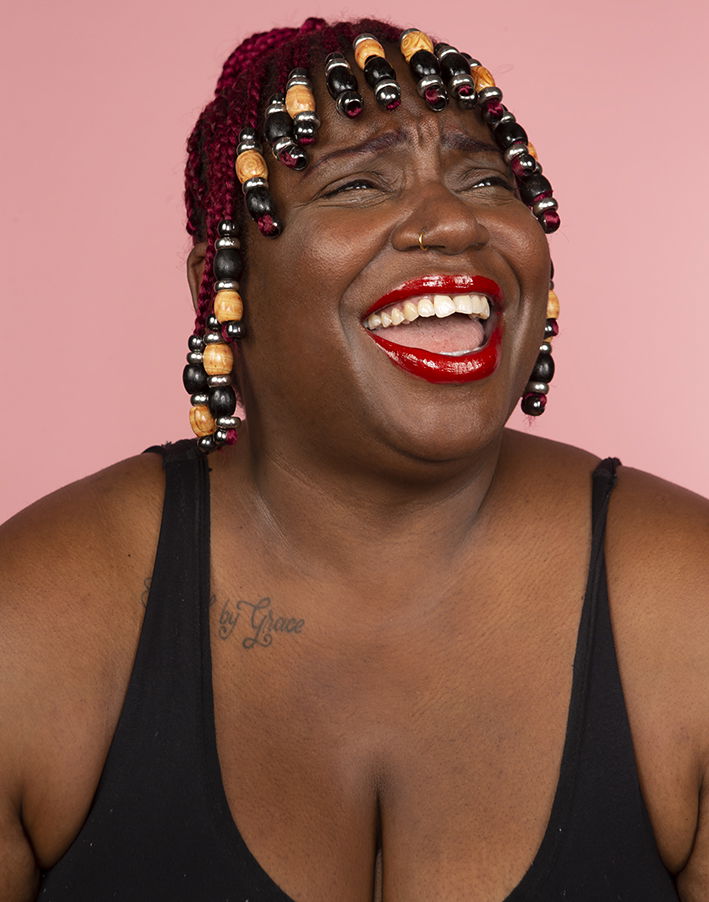

Integer nec odio.
